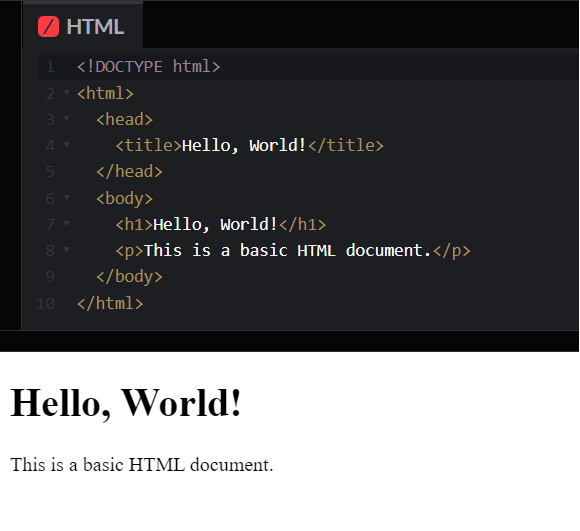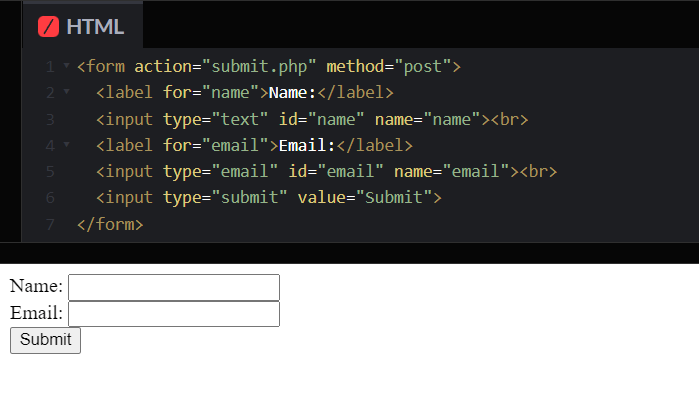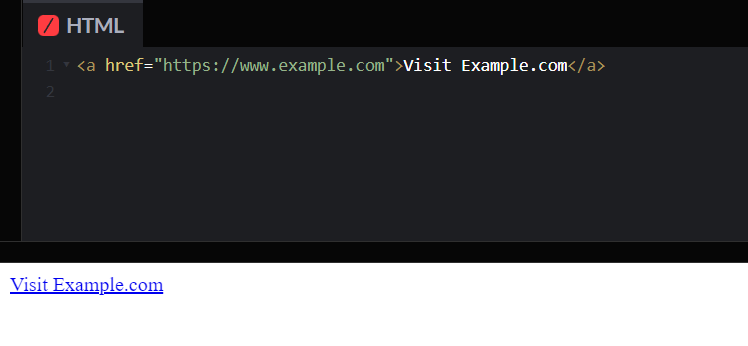HTML: The Building Blocks of the Web
If you’ve ever visited a website, chances are you’ve interacted with HTML in some way. HTML, or HyperText Markup Language, is the foundation of the web. It’s the language used to create the structure and content of web pages, and it’s what allows us to navigate and interact with the vast digital world around us.
So, what exactly is HTML and how does it work? In this blog post, we’ll explore the basics of HTML and its role in web development.
What is HTML?
HTML is a markup language used to create web pages. It uses tags and attributes to define the structure and content of a web page. These tags are essentially instructions that tell web browsers how to display content on a web page.
The basics of HTML are relatively straightforward. An HTML document consists of a series of tags that define the structure and content of a web page. Tags are enclosed in angle brackets (<>) and are made up of the tag name and any attributes associated with it. For example, the <html> tag is used to define the beginning and end of an HTML document, and the <title> tag is used to specify the title of the document.
For example, the following code is a simple HTML document that displays the text “Hello, World!” on a web page:

Let’s break down this code a bit. The first line <!DOCTYPE html> is a document type declaration that tells web browsers which version of HTML the document is using. In this case, it’s using HTML5, the latest version of HTML.
The <html> tag is the root element of an HTML document. It contains the <head> and <body> elements, which define the metadata and content of the document, respectively.
The <head> element contains information about the web page that isn’t displayed to the user. For example, it might include the web page’s title, links to stylesheets and scripts, and meta tags that describe the page’s content and purpose.
The <body> element contains the visible content of the web page. In this example, we have a <h1> tag that defines a heading and a <p> tag that defines a paragraph. These tags tell the web browser how to display the text on the web page.
HTML tags can also have attributes, which provide additional information about the tag. For example, the <a> tag is used to create links, and it has an href attribute that specifies the URL of the linked page. Here’s an example of a link:
This code creates a link that, when clicked, will take the user to the website at https://www.example.com.
Why is HTML important?
HTML is important because it forms the foundation of the web. Without HTML, there would be no web pages or websites. HTML provides the structure and content of a web page, which is then styled and made interactive using CSS and JavaScript.
In addition, HTML is a relatively simple language to learn and use. It doesn’t require any special software or tools, and it can be written using a simple text editor. This makes it accessible to a wide range of people, including those who are new to web development.
HTML is not only important for creating static websites but also for dynamic web applications. With the help of HTML, developers can create interactive and responsive web pages that can adapt to different screen sizes and devices. HTML provides a wide range of elements that can be used to create different types of content, including text, images, videos, forms, tables, and more.
For example, the <img> tag is used to display images on a web page. It has attributes such as src, alt, width, and height that can be used to control the appearance and behavior of the image. Here’s an example of how to add an image to a web page:

This code displays an image with the source file image.jpg, an alt text that describes the image for screen readers, and a width and height of 300 and 200 pixels, respectively.
HTML forms are another important element of web development. They allow users to input data and submit it to a server for processing. Forms can be used for a wide range of purposes, such as logging in, signing up, making a purchase, and more. Here’s an example of a simple form that collects a user’s name and email address:

This code creates a form that will submit the data to a PHP script called submit.php using the HTTP POST method. It includes two input fields for the user’s name and email address, as well as a submit button.
In addition to these examples, HTML provides many other elements and attributes that can be used to create rich and engaging web content. By learning HTML, developers can create web pages that are both functional and visually appealing, and that can provide a great user experience.
Conclusion
In conclusion, HTML is a crucial part of web development and the backbone of the internet. It allows us to create web pages that are functional, accessible, and engaging. By understanding the basics of HTML and its syntax, anyone can create a web page or web application from scratch. With the help of other technologies like CSS and JavaScript, HTML can be used to create stunning and dynamic websites that can be accessed by millions of users around the world. So, whether you’re a seasoned web developer or just starting out, learning HTML is a great place to start your journey into the world of web development.
If you need any assistance in developing your company’s website, you are welcome to contact us – Web Design Malaysia!



